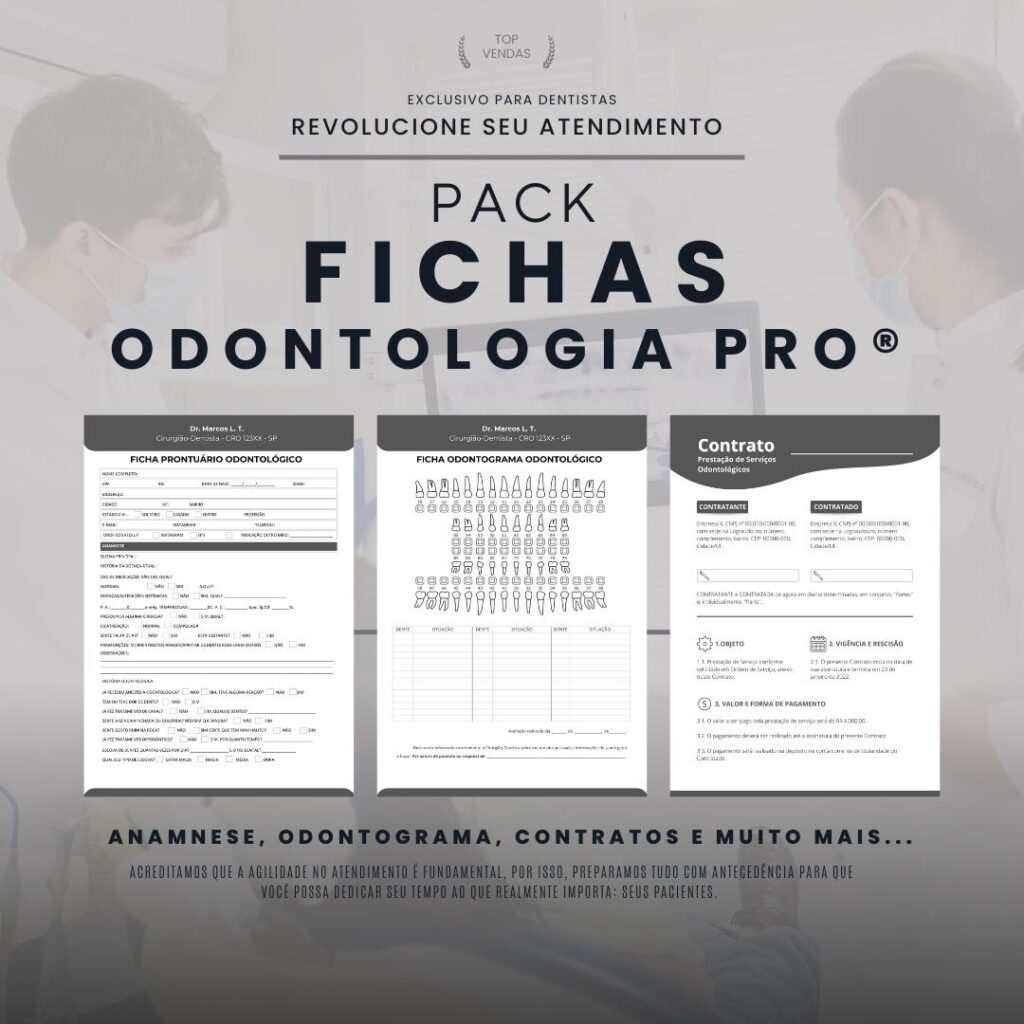Trio Names: Digital scanning technology is revolutionizing the world of dentistry, bringing innovations that facilitate and improve clinical procedures. One example of this is the Trios intraoral scanning system, which has stood out in the market for its accuracy and efficiency. In this article, we will explore the evolution, functionalities, applications and future directions of Trios, providing valuable insights for dental professionals and enthusiasts.


History and Evolution of Trios
Trios is an intraoral scanning system designed to capture accurate digital images of the mouth and teeth. Its history dates back to the early 2000s, when intraoral scanning technology began to gain prominence in dentistry. Since then, Trios has undergone several evolutions and improvements, becoming an essential tool for professionals in the field.
As technology has advanced, Trios has evolved from a 3D scanning system to a highly accurate and versatile device capable of capturing high-definition intraoral images in a matter of minutes. Its evolution has closely followed the development of digital dentistry, contributing significantly to improving procedures and results in the area.
Today, Trios is widely used in dental practices around the world, offering an accurate and comfortable alternative to traditional molds. Its continuous evolution and adaptation to new technologies make it a fundamental tool for modern dental practice.


Main Features
The Trios intraoral imaging system offers a range of advanced features that make it an essential tool for dental professionals. With high-precision 3D scanning technology, Trios captures detailed images of the oral cavity, facilitating diagnosis and treatment planning.
In addition, Trios offers the ability to perform precise measurements, color and texture analysis, and create 3D digital models. Its integration with dental design and planning software makes it possible to create customized restorations and visualize results even before treatment begins.
With the ability to easily share scanned data with labs and specialists, Trios streamlines the denture production process and facilitates communication between dental team members.
Another important feature of Trios is the ability to perform intraoral scanning in real time, allowing the professional to monitor the capture of images and ensure the quality of the data collected.
With its intuitive interface and cutting-edge technology, Trios stands out as a versatile and powerful tool for modern dental practice, offering precision, efficiency and quality at every stage of treatment.


Applications in Dental Practices
O intraoral scanning offers a more comfortable and convenient approach for patients during dental procedures, eliminating the need for uncomfortable molds. Additionally, the use of 3D digital images allows a more precise visualization of the oral structure, facilitating treatment planning.
With TRIOS technology, dental professionals can perform occlusal analysis detailed, identify problems of occlusion and make precise adjustments. This contributes to improving the quality of orthodontic treatments and oral rehabilitations.
Furthermore, the possibility of real-time data sharing with prosthetics laboratories and other specialists allows a efficient communication and interdisciplinary collaboration, resulting in more integrated and effective treatments.
Finally, TRIOS's ability to capture accurate colors of the dental structure and oral mucosa is fundamental for the shade matching in aesthetic restorations and custom prosthetics, ensuring superior aesthetic results and high patient satisfaction.


Future Directions
Advances in technology in the field of dentistry have driven the continued development of the Trios system. With the development of artificial intelligence and augmented reality, Trios is expected to become even more accurate and efficient in the future.
Furthermore, the integration of Trios with other technologies, such as 3D printing and intraoral scanners, promises to revolutionize the way dental procedures are performed. This integration will provide greater agility, precision and personalization in treatments, benefiting both professionals and patients.
Another promising aspect is the possibility of expanding Trios' applications beyond dentistry, reaching areas such as aesthetic medicine and plastic surgery. The system's ability to capture 3D images and perform virtual simulations has the potential to transform several fields of health and aesthetics.
With the growing demand for digital and innovative solutions, Trios is likely to become an essential element in practices and clinics, contributing to the continuous evolution and improvement of dental and medical practices.






